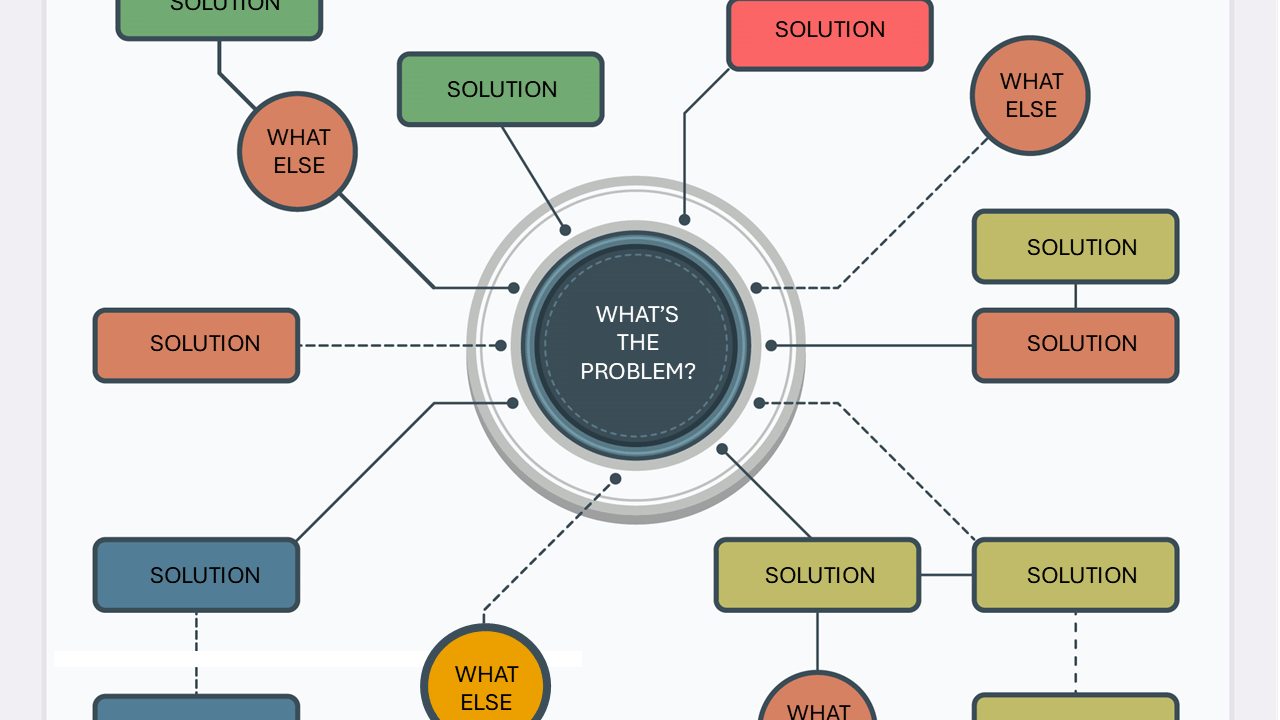
MIND MAPS

MIND MAPS
In it's easiest terms, a mind map is a way of bringing a problem, subject, theme, idea, onto a piece of paper, and placing that problem as the central item.
Then finding methods, ideas, topics that radiate away from the initial problem to work out what would be necessary to resolve that problem etc.
How could we implement that into driving lessons?
Quite simply, by pulling in at the side of the road, supplying your pupil a piece of paper or maybe a dry-wipe board and get them to place in the centre of the piece of paper the item that is possibly causing them a problem.
It doesn't even need to be a problem!
It may be that you are trying to get your pupil to think outside of the box and open up some neural pathways to find reasons as to why we do things.
Let's think about something as simple as why we use our mirrors before changing speed or direction.
You ask your pupil why should they check their mirrors before changing speed or direction, and they come back with "I dunno"
This may be an ideal time to get them thinking.
Give them a piece of paper and write in the middle of the page, Why do we use mirrors?
Your pupil may open up more about a subject than you would ever imagine. Let them scribble away until their heart is content.
Ask them to express why, we might need to do check our mirrors, also ask them write down the consequences of not using them, and also what might be stopping them from using them!
You can gain a huge amount of information from your pupil by using these mind maps.
Which may totally uncover some of the reasons why you are going blue in the face keep asking them to check their mirrors.


How your pupils lays out the Mind Map is unimportant. What is important is that it makes sense to them once it's finished.
The level of questions that you can find to ask your pupil about their mind map will totally depend on how big it ends up.
Therefore, the more you might guide their thinking while making the map, the better the opportunity once it's complete you will have to delve deeper into their understanding on each heading.